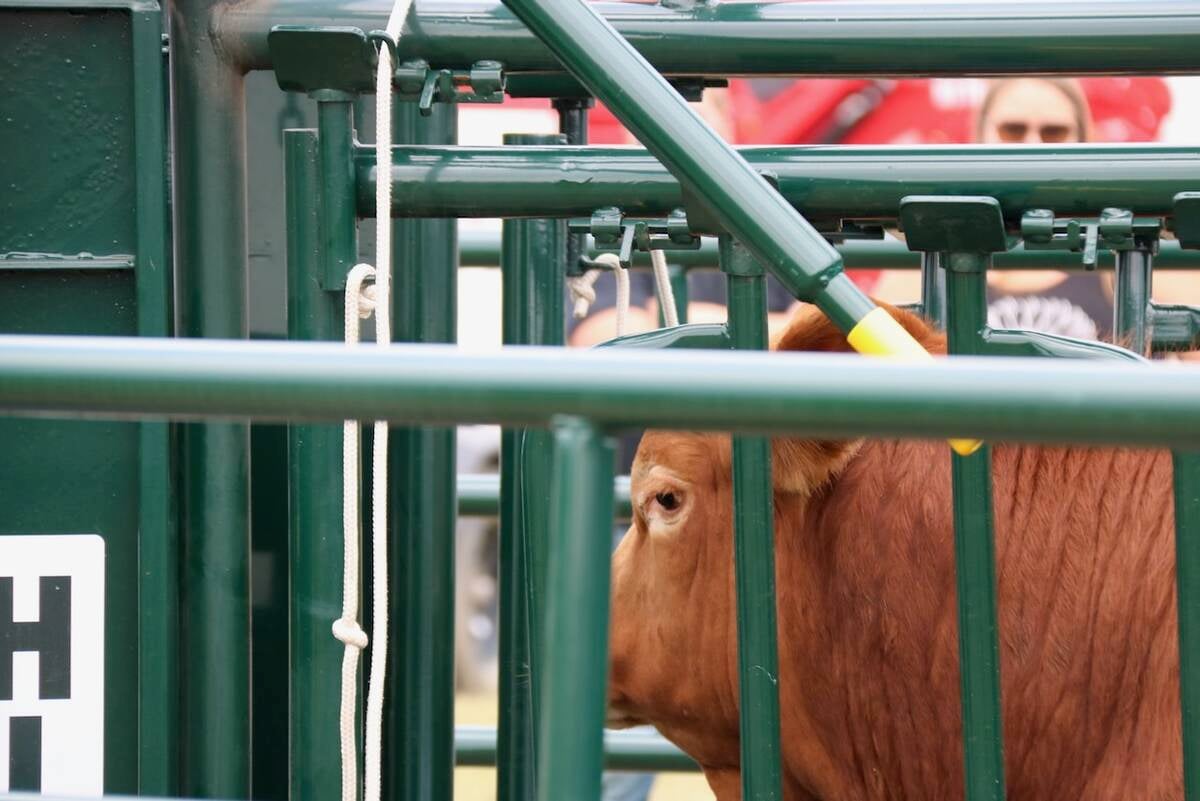CALGARY – Getting cows pregnant is no longer a matter of simply walking a neighbor’s bull down the road to the pasture every spring.
With modern technology, a whole new lifeform is being created through invitro fertilization and in the future, gene transfers will almost guarantee an animal’s color, make it polled or ensure marbled beef.
For some breeders that means big money when valuable cows can step up their production from one calf a year to dozens.
Ric Ross, of Alta Genetics whose specialty is invitro fertilization research, says embryo transfer technology increases a single cow’s productivity and allows rapid genetic changes in a herd. It can also protect a herd’s health status by keeping out foreign animals.
Read Also

Good handling equipment a must on cattle operations
It’s important for the safety of producers and everyone else dealing with their stock that handling equipment is functional and safe.
Ross spoke at the recent Canadian Charolais Association convention. While knowing the sex of each animal born isn’t as beneficial to beef producers as dairy producers who prefer cows, embryo transplants are the force that spread Canadian purebred genetics around the world.
Ross’s lab started as an infertility clinic for cows that weren’t producing calves, yet had other outstanding qualities that breeders wanted to reproduce.
Ultrasonography, which is sound waves bouncing off fluid filled sacs, helps scientists retrieve eggs before the cow ovulates.
Ultrasonagraphy gives scientists a picture of the ovaries. They can count the eggs that are ready to be released and recover them with a special needle. The eggs are then placed in a hormone bath so they mature and can be fertilized and implanted in a host cow at day seven of cell division.
A medium cow can yield six to eight oocytes, (an egg before maturation) while the “superstars” will yield more than 50 oocytes at a time.
“I have a cow in the last two weeks that has produced 126 eggs,” he said.
Eggs can be collected from a pregnant cow up to three months of gestation. After that the fetus is in the way.
Eggs collected
They are also able to collect eggs from heifer calves which takes an entire year out of her reproductive cycle. In theory, a mother and daughter could be less than a year apart in age.
When fertilizing an egg outside the cow, only about one million sperm are used rather than 20 million found in an ordinary dose of semen.
One problem with invitro fertilization is that more than one sperm might penetrate an egg, resulting in three sets of DNA. Those embryos won’t survive, said Ross.
There is also a high incidence of twins because eggs can split after they have been manipulated.
Oversized calves weighing more than 140 pounds at birth are not unusual with invitro fertilization, said Ross. However, when these calves reach breeding age, they don’t appear to throw enormous calves.
Another problem is that the cultured eggs don’t freeze as well as opposed to embryos harvested from donor cows. Their cell structures are slightly different because of the way they were matured and cultured outside the cow.
Another technique that is considered valuable is determining the sex of an embryo while it’s still a cluster of cells.
Ross said in 1996, his firm expects to determine the sex of 3,000 embryos in mostly dairy animals.















